7 Challenges With Manual Workspace Sharing Management

Most companies try to manage workspace sharing manually, but it can be difficult and time-consuming. Here are the most common challenges companies face while trying to manage workspace sharing manually.
Occupancy Sensors: Types, Benefits and Implementation
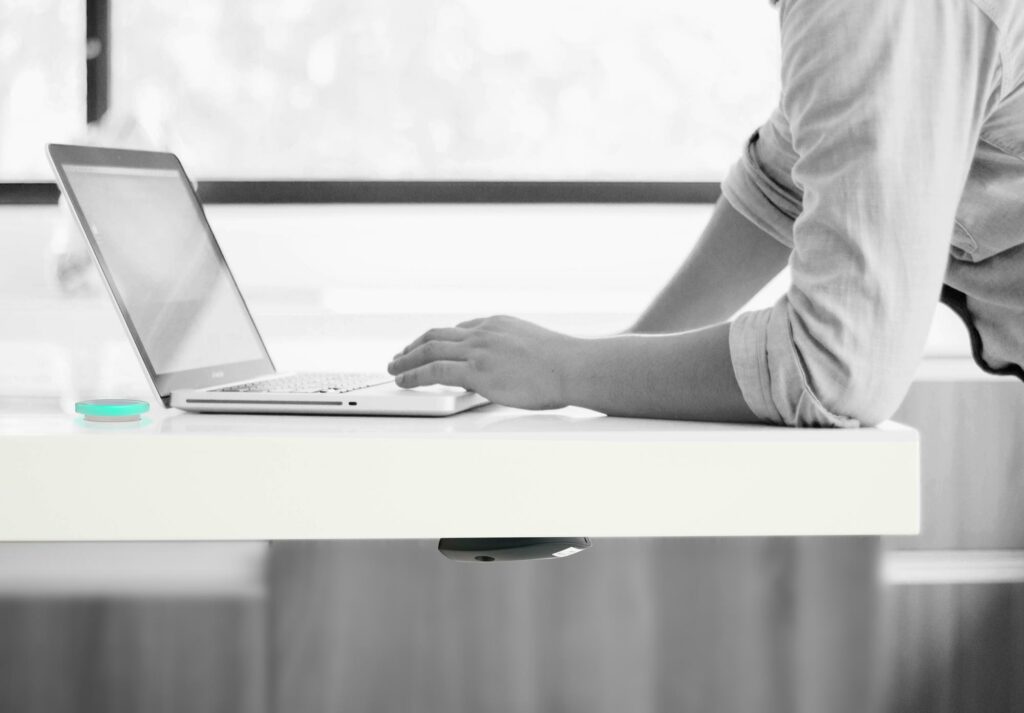
In today’s fast-paced, data-driven world, optimising the use of office space is more critical than ever. Enter the occupancy sensor—a powerful tool revolutionising how companies manage their work environments. Whether you’re overseeing a small office or a large corporate campus, understanding and implementing occupancy sensors can lead to significant cost savings, increased efficiency, and improved employee satisfaction.
Office Management 101: Key Components Explained

Effective office management is crucial for organisational success in the fast-paced business world. It encompasses the systems, processes, and strategies that ensure smooth operations, efficient resource utilisation, and a conducive environment for productivity. Whether you’re a seasoned manager or an aspiring entrepreneur, understanding the components and best practises of office management can transform your workspace into a well-oiled machine.
Flex Workspace Setup and Design: A Guide for Businesses
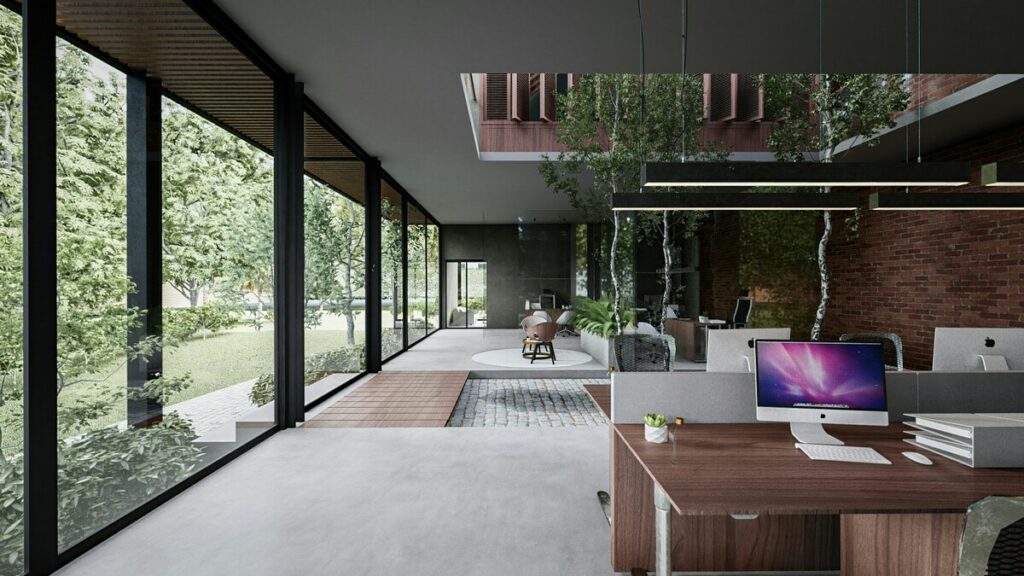
A flex workspace is essential in today’s evolving work environment, where flexibility is key. Traditional office layouts, with their fixed desks and cubicles, no longer suit the diverse needs of modern employees. This dynamic and adaptable office design caters to varying work styles, tasks, and team needs.
What is Flex Office and Why It’s Popular?

The flex office is revolutionising the way we work. Traditional offices, with their fixed desks and rigid layouts, no longer meet the needs of modern businesses. Flex workplace offer a dynamic solution for today’s evolving workplace.
7 Different Types of Office Layouts to Fit Your Team’s Needs
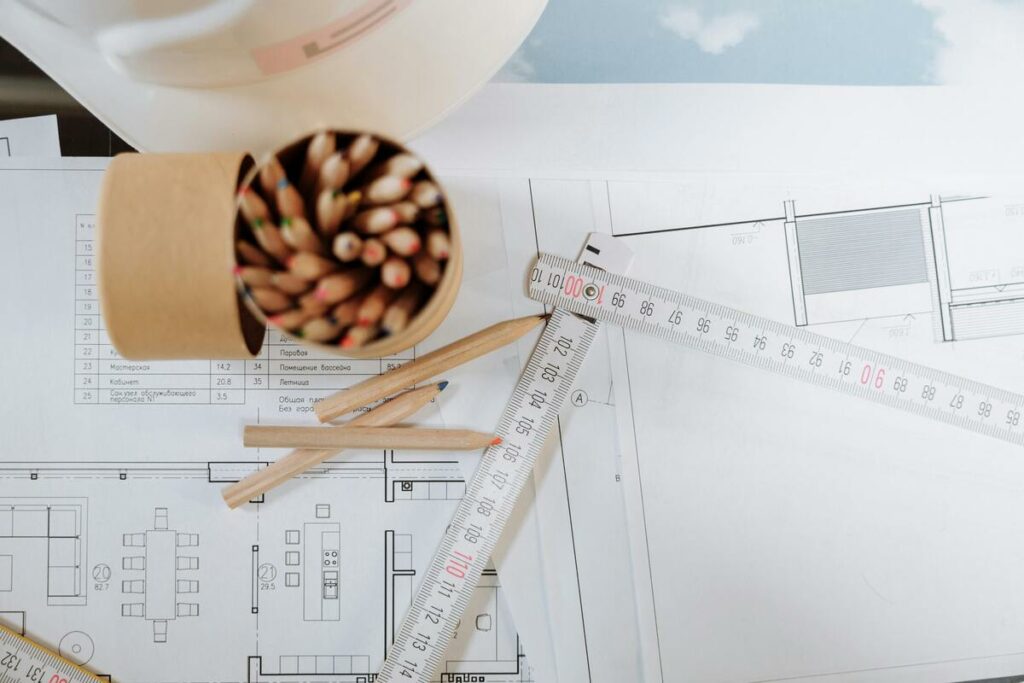
Office layouts are more than just a way to arrange desks. They shape the way employees work, interact, and thrive. The right layout can foster collaboration, but a poorly designed layout can stifle productivity, create distractions, and frustrate employees.
This article will explore different types of office layouts, their unique benefits, and potential challenges. Whether designing a new space or rethinking an existing one, you’ll learn how to choose a layout that aligns with your business goals and supports your team’s needs.
Hybrid Meetings: Setup, Solutions, and Best Practises

Hybrid meetings are transforming modern workplaces. By bringing together remote and in-person participants, they create opportunities for seamless collaboration and more flexible communication. As hybrid work becomes the norm, understanding how to run these meetings effectively has never been more important.
Meeting Room Booker: A Complete Guide for Modern Workplaces

Meeting room booker software is currently in high demand. Companies need organised meeting room management to ensure spaces are used efficiently, and employees can work without disruption.
Collaborative Working Spaces: Types and Best Practises
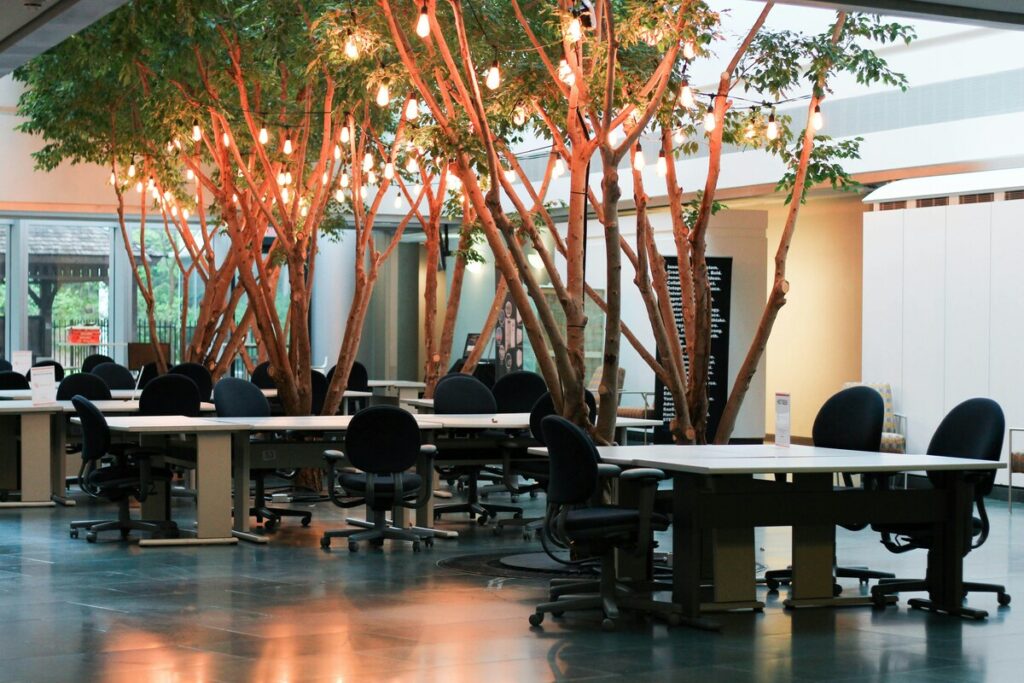
The trend of collaborative working spaces is growing as organisations look for ways to foster teamwork and creativity. These spaces allow people to come together, both in person and remotely. The environment makes it easier to share ideas, solve problems, and innovate.
There are many different types of collaborative working spaces for various activities. Let’s explore these types and their benefits and challenges.
Office Cubicle: Privacy, Productivity, and the Comeback
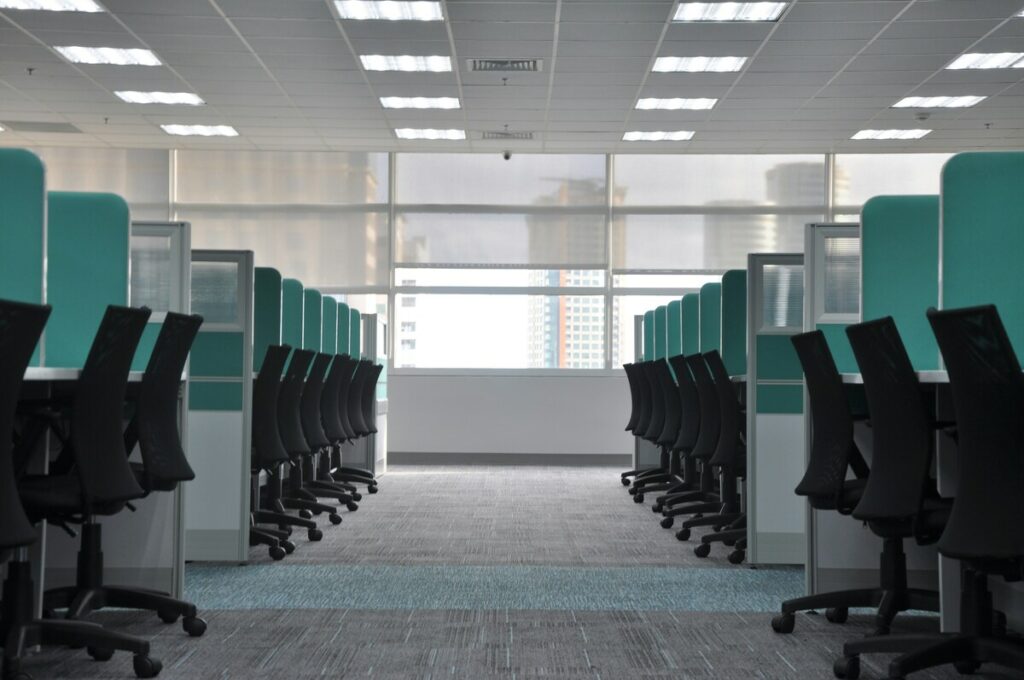
Office cubicles have shaped workspaces for decades. Originally designed to boost productivity and offer private workspaces, cubicles have a fascinating history. Once praised and then abandoned, cubicles are making a comeback. With hybrid work now the norm, companies need adaptable spaces. Cubicles could be the answer to blending privacy and focus with modern design.


